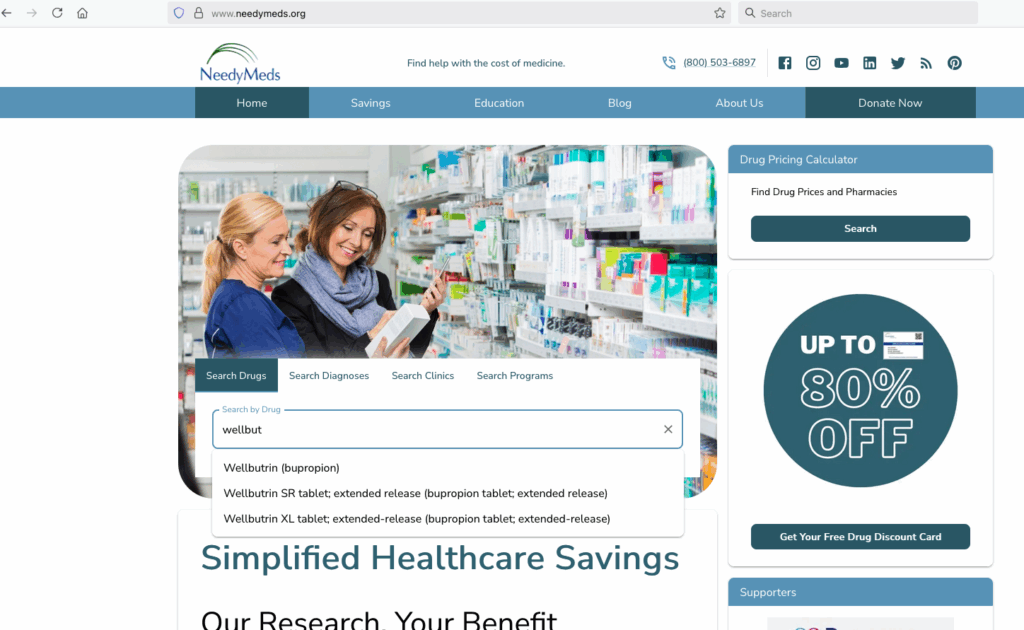A major part of the European tax regime is known as Value Added Tax (VAT). It is applied to the majority of goods and services traded within the European Union (EU) or imported. Businesses must meet the VAT requirements to avoid penalties and continue operating effectively. Understanding VAT Rules in the EU All the EU member countries adhere to common principles regarding the application of taxes. But they implement them at different rates and periods. This means that a company selling in various EU member states must adhere to the regulations in every place. The availability of a VAT strategy
A major part of the European tax regime is known as Value Added Tax (VAT). It is applied to the majority of goods and services traded within the European Union (EU) or imported. Businesses must meet the VAT requirements to avoid penalties and continue operating effectively.
Understanding VAT Rules in the EU
All the EU member countries adhere to common principles regarding the application of taxes. But they implement them at different rates and periods. This means that a company selling in various EU member states must adhere to the regulations in every place. The availability of a VAT strategy in EU keeps companies in check and minimises errors.
All stages of the supply chain are subject to VAT, which applies from the manufacturer to the retailer. Companies are receiving VAT charged to customers and giving it to the tax authorities. The end consumer is the one who bears the cost, and businesses play the role of tax collectors.
Why VAT Compliance Matters
After failing to comply with VAT, one may face high penalties and be required to repay interest. It even has the potential to damage a firm’s reputation among consumers and authorities. All these are not only a legal requirement but also beneficial to business goodwill.
Key Steps for Staying Compliant
To effectively manage VAT in the EU, businesses should consider several key areas. By taking these steps, you minimise the threats of non-compliance and ensure smooth operations:
· Enrol in VAT in any country where you exceed the sales limit in that country.
· Raise VAT invoices applicable in each country.
· Maintain accurate records of sales and purchases.
· Submit VAT returns on time.
· Follow changes in VAT laws.
Cross-Border VAT Challenges
VAT compliance can be complicated when doing business across borders. Various countries can differ in their levels, rates, and forms of reporting. The delivery or sale of digital services (e.g) would necessitate the use of the VAT rate landscape of the buyer, even though the seller is the one doing the selling.
The EU also has a system, known as the One Stop Shop (OSS), to streamline VAT reporting for cross-border sales. This will enable companies to afford a single return in various EU countries as opposed to individualised returns. However, it is essential to familiarise yourself with the regulations of every market in which you operate.
The Role of Technology in VAT Compliance
A more up-to-date accounting package would facilitate monitoring of the VAT obligation. These applications are capable of computing VAT rates, developing valid invoices, and maintaining backup history files. The changes in rules are also easier to adapt to, as they are less likely to interfere with your business processes.
Automation eliminates the lapse of human beings and also saves time, even for other companies that sell in other countries within the EU. This adds to the fact that it can be an investment worth considering by any business which has experienced growth.
In conclusion, failure to be VAT compliant in Europe is not a laughing matter. It could become so simple with the rules learned, being organised and using the right tool. Being proactive means that you will fulfil all necessary tasks and pay attention to expanding your company, rather than facing difficulties related to taxes.














